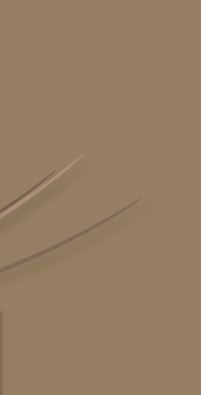



 |
 |
 |
 |
| Monday, August 27, 2007 |
evidence of me being too free: checked out on how to use the correct pronunciation on 血(xie3) or 血(xue4) in a sentence... Note: it's not 血(xue3)... no such pronunciation lo =P after looking up the dictionary me and wq still dunno how to use them correctly lo... too chims liao... being a kind fren yet again, i help ros researched on her snake qn "How Snakes Reproduce?" Ans: In snakes and lizards, males have a pair of intromittent organs called hemipenes, protrusible saclike diverticula at the entrance of the cloaca. During copulation, the retractor muscles of the hemipenes relax, turning the sacs inside out and allowing the flow of semen along a groove into the female's cloaca. Only one hemipenis is inserted in the female's cloaca during copulation. Another Ans given by wikipedia: A wide range of reproductive modes are used by snakes. All snakes employ internal fertilization, accomplished by means of paired, forked hemipenes, which are stored inverted in the male's tail. Most snakes lay eggs, and of most those species abandon them shortly after laying; however, some species are ovoviviparous and retain the eggs within their bodies until they are almost ready to hatch. Recently, it has been confirmed that several species of snake are fully viviparous, such as the green anaconda, nourishing their young through a placenta as well as a yolk sac, highly unusual among reptiles, or indeed anything else outside of placental mammals. Retention of eggs and live birth are commonly, but not exclusively, associated with cold environments, as the retention of the young within the female allows her to control their temperature more effectively than if the developing young were in external eggs. (some useful definition:
this is the explanation of how chicken reproduce: Chickens reproduce in a manner similar to some other animals. The female produces an egg which if fertilized can result in a baby chick. The true egg, the part that develops into the embryo, is located on the egg yolk. The yolk begins to develop in the ovary and after 10-12 days of development, ovulation occurs. If the female has been mating with a male, sperm will be present and fertilization can occur. The male chicken does not have a penis and therefore there is no penetration of the female reproductive tract at the time of mating. Instead the female inverts the cloaca (site of the common junction of the reproductive and digestive systems) which comes in contact with the male’s inverted cloaca and receives the sperm. The cloaca is then drawn back into the hen’s body and the sperm are captured. They then begin the journey up the length of the reproductive system. The sperm live inside the female reproductive system and each time an ovulation occurs (every 24-26 hours in good egg producers) the egg can become fertile. This process continues and matings at 7 - 10 day intervals are necessary to maintain fertility. After fertilization occurs the egg albumen, shell membranes, and shell are added to complete the egg formation process. The chicken usually lays the egg about 24 hours after ovulation. eeeeeesk... too many words... think u read liao u will sleep lo. i go KO lo... toodles! |
| (Your Name) ♥ 1:53 AM |
| About Us |
|
Mel, YanQin, RoS, Weiqin & Sian
|
| Friends' Blogs |
| Gossips | ||
|
|
| Layout Information |